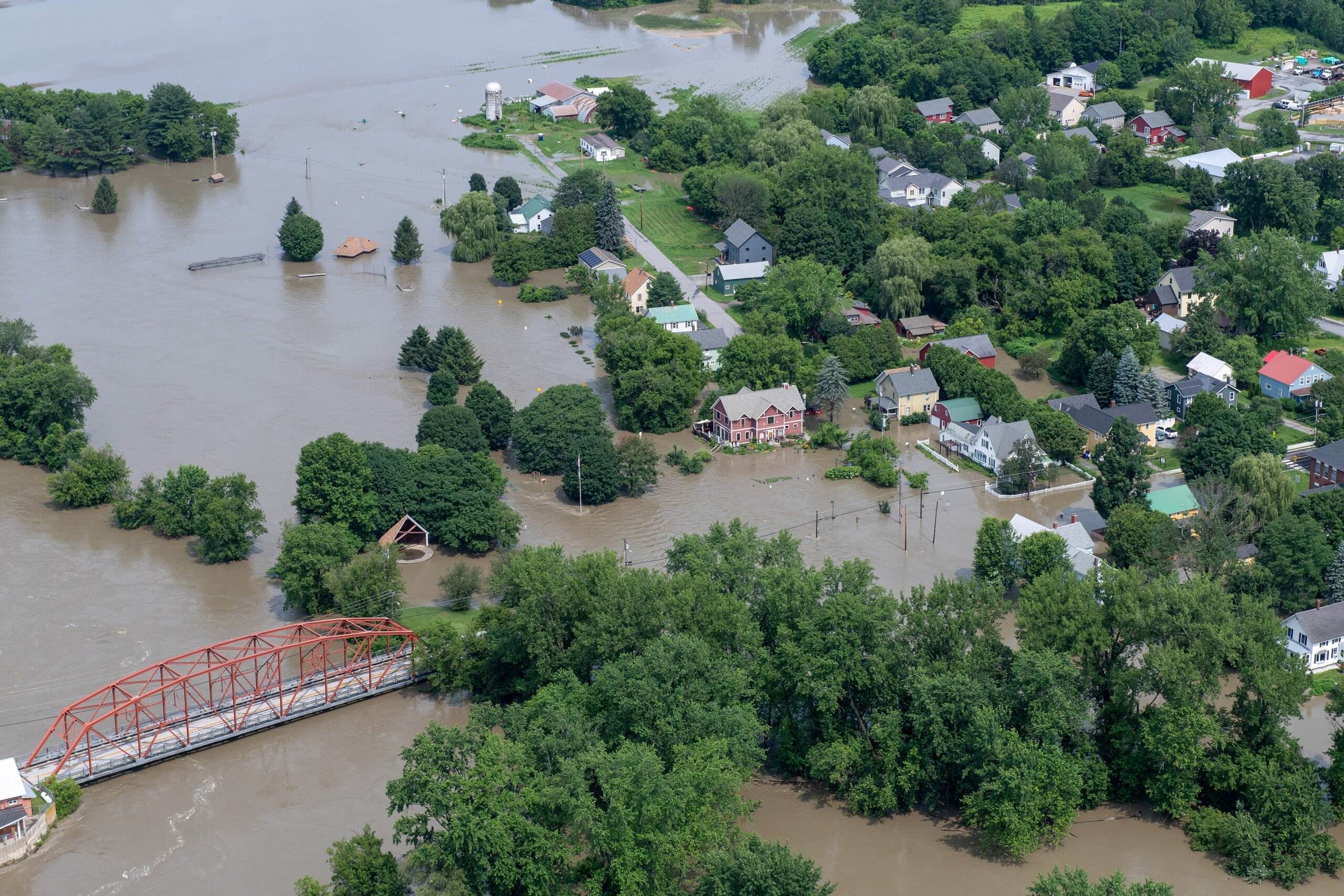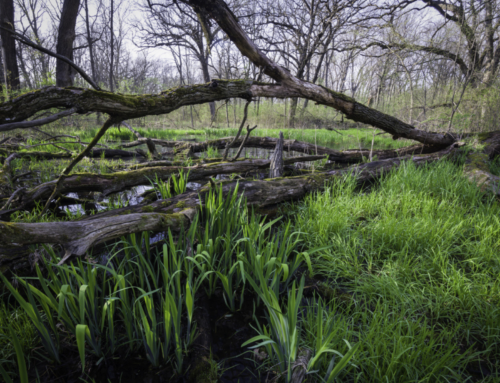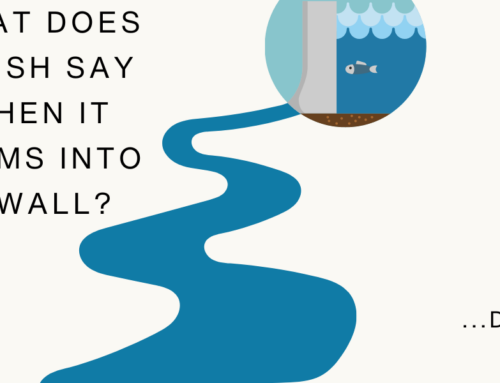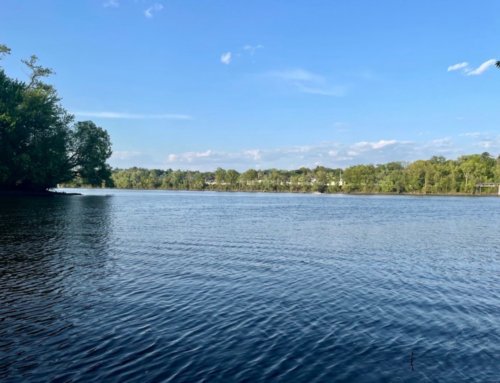February 8, 2024
Vermont Legislature
Senate Committee on Natural Resources and Energy
Via email to: Judith Newman <JNewman@leg.state.vt.us>
RE: Comments of Kathy Urffer, River Steward for Connecticut River Conservancy
Dear Chair Bray and Senators:
Thank you for the opportunity to provide testimony on S213 – An act relating to the regulation of wetlands, river corridor development, and dam safety, which we wholeheartedly support!
I am the river steward for Connecticut River Conservancy (CRC) in VT and in that role take responsibility for working to support the health of VT’s rivers. I routinely participate in regulatory proceedings affecting our rivers and provide public education about potential impacts to our rivers. Additionally, as an organization we manage the implementation of natural resource projects in partnership with landowners. Many of these projects are vital to community resilience in the face of increased flooding.
CRC is supportive of all aspects of this bill. It is vital that regulatory authority regarding development in river corridors and flood hazard areas be managed by the state. I think the urgency to move quickly and proactively to protect our communities cannot be overstated. As an example, the state is desperately in need of additional housing, but that housing cannot be developed in places that will exacerbate flooding, and our many volunteer municipal leaders cannot be put in the position to have to make that determination. It is the responsibility of the Agency of Natural Resources to regulate for and protect our environment and it is the responsibility of the State to protect our people.
Wetlands enable the storage of huge volumes of water while simultaneously purifying it. According to some estimates, we have lost over 30% of our wetlands and we desperately need that storage capacity back, NOW, to protect our communities. How our wetlands are managed cannot be at the whim of a specific administration. We need to codify in law the intention that the Agency of Natural Resources will structure their work around wetlands to achieve a net gain over time and we need comprehensive mapping to understand where our valuable wetlands are to protect them.
We are one of the leading organizations on dam removal in VT and are regional experts on hydropower relicensing. In Vermont and nationally, our dam infrastructure is old and decaying. CRC supports changes to the existing State’s Dam Revolving Loan Fund to provide an easier pathway to access funds to remove dangerous or breached dams instead of using State funds solely to repair them. We adamantly support moving oversight of the few hydro facilities in VT that are not regulated by the Federal Energy Regulatory Commission from the Public Utilities Commission to the VT DEC Dam Safety Program, with additional support for our Dam Safety staff to provide the expertise and engineers needed to properly inspect dams and protect public safety.
Finally, thank you very much for adding language to S213 to ban unenclosed polystyrene dock floats. This is an issue that we have been working on in all four of our Connecticut River watershed states for many years. During our Annual Source to Sea cleanup, (this year will be our 28th year) we typically remove more than 30 tons of garbage from our rivers each year. We routinely have data collection reports that show the removal of on average 20 to 30 large chunks of unenclosed polystyrene dock floats from the tributaries and the Connecticut River on the eastern side of Vermont each year. This amount does not capture all of the polystyrene pieces, any of the millions of disintegrating small pieces, or how many additional chunks might have already floated downstream into our other watershed states.
Polystyrene is a plastic and as it breaks apart it is contributing untold amounts of microplastics into our environment. In addition, animals such as river otters will burrow into the docks further degrading them and reducing the life of the dock (and the otter). The presence of polystyrene leaches chemicals such as benzene, styrene, and ethylene into the water, which are acutely toxic to freshwater aquatic life in small doses. Additionally, the physical degradation of plastic foam floatation threatens wildlife, as plastic beads clog the airways of species and enter their digestive tracts, preventing them from absorbing vital nutrients. It is estimated that plastic foam may NEVER fully break down in the natural environment, remaining a threat to aquatic ecosystems forever.
Several years ago CRC began an outreach effort to river communities about the issues of unenclosed polystyrene dock floats in an effort to encourage dock owners to “Swap your Dock.” As a part of this educational effort we developed an educational video, and both a 30 year and 50 year comparison of overall replacement costs of unenclosed dock floats and various alternatives over time. Spoiler alert – unenclosed polystyrene ends up being one of the costliest options to install.
Many of the VT watershed organizations were on the ground leading cleanup efforts in our flooded communities after the July floods. Climate change predictions tell us that these flooding events are going to be repeated – likely at an increased rate and increased intensity. Banning unenclosed polystyrene dock floats is an uncontroversial and easy solution to reducing the toxic pollutants entering our waterways.
Please pass S213. It is vital to the safety and the health of our human and ecological communities.
Thank you for the opportunity to comment.
Sincerely,
Kathy Urffer
River Steward, VT







